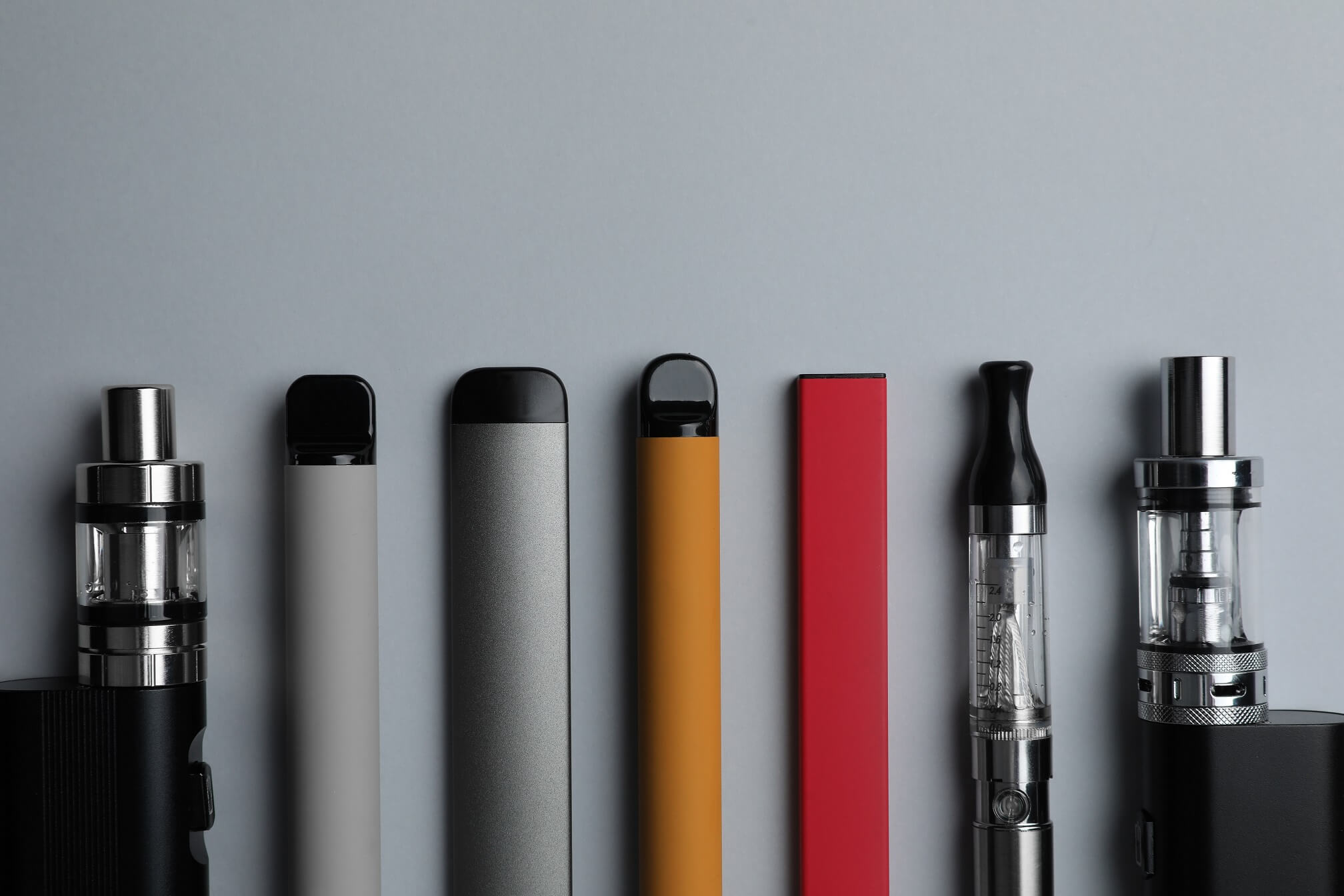Straining your eyes? You can listen to this automated AI version of the article here:
Blink, and you miss something amazing happening in the vaping scene. It sometimes seems like each time you browse through the offerings of your local vape store in NZ, there’s something new and exciting to grab your attention.
Once upon a time, our only option was cigarettes, and we’ve now got a plethora of products to make those dirty durries tools of the past. So, let’s take a walk down memory lane and marvel at where we started and where we are today.
The E-Cigarette That Wasn’t
If you take a look at patents filed in 1927 and granted in 1930, you’ll see Joseph Robinson’s name on the list. He was granted a patent for the world’s first electronic cigarette, but it was never commercialised. It’s not even clear whether he made a prototype of this device, but he at least came up with the idea and was smart enough to patent it just in case he ever decided to make it.
You can learn more about Joseph’s patent here.
The First Generation E-Cigarette
There were many first-generation e-cigarettes, but one of the earliest ones was produced by Ruyan Group (Holdings) Limited and was launched onto the Chinese market in 2006. It was a fairly standard e-cigarette with three pieces: an atomiser, battery, and flavour cartridge.
It was also made to be used with or without nicotine and was free of the 4,000-plus chemicals you’d find in a traditional cigarette, including carbon monoxide and tar. This e-cigarette was even available in multiple colours and had many different flavour options like menthol tea, black tea, fruit, and Jasmine. Each box came with a spare battery, charger, cord, a single cartridge, and an instruction manual.
The Second Generation Vape Pen
The first-generation e-cigarette was an excellent start, but it wasn’t convincing smokers to stamp out the habit for good. There were still too many flaws, like poor battery life and failure to mimic the smoking sensation effectively. These would be necessary features for people to actually want to use them.
And that’s where the second-generation vape pen came in. The battery life was better. The atomiser was better. Everything was better.
These new pens had everything you needed to mimic the effects of smoking, including a power button, powerful battery, coil and wick, a vape chip, atomiser, and drip tip. The power button could turn the battery on and off and would also need to be pressed to use the device. The internal vape chip was also crucial for stopping the pen from overheating.
This innovative device also had a clearomiser, which is the part that features a wick, coil, clear tube, drip tip, tank, and base thread connector. These were far better than the cartomisers of previous models.
Like most vape pens you can still purchase today, the top clearomiser features a long wick that your e-liquid saturates, and the bottom clearomiser has a short wick. They also feature atomisers, with a resistance of around 1.5-2.5 Ohms, and these are replaceable components.
Third-Generation Advanced Personal Vaping Devices - Mods
And now we’re getting to the meat in the sandwich. Third-generation advanced personal vaping devices, also known as mods, have taken the market by storm.
They consist of regulated and unregulated mods and get their name from ‘modification’ which is what people used to do when turning their regular household torches into vaping devices.
Vapers wanted more power, and with a lack of options on the market, they started making their own. Of course, it was only a matter of time before vape product manufacturers took this on board and created something truly special.
Now, regulated and unregulated mods are available through some of the best vape stores in NZ, and they both use sub-ohm coils – coils with resistance under 1 Ohm.
Regulated mods have a chip to regulate the electrical current, which is an important safety mechanism. You can also alter the voltage to increase and decrease power as you wish.
In contrast, unregulated mods don’t have a chip to regulate the electrical current, which means they can overheat. These are called mechanical mods and are a better option for experienced vapers who know how coil resistance works to use them safely.
Regulated mods are a preference for many vapers, especially since they have higher wattage to allow for better battery capacity, variable voltage and wattage, a digital display to check various settings, and a temperature setting.
These devices also offer superior airflow control, sub-Ohm tanks (in high wattage devices), and you can see how many puffs you’ve taken and the type of resistance coil you’re using.
Are You Ready for a New Generation of Vaping?
If you’re still playing around with first-generation e-cigarettes (and we sincerely hope not), it might be time for a change. Why not check out the exceptional range of advanced vaping gear at Vapourium and see if any of the latest and greatest devices tickle your fancy?
FAQs
How have vaping devices evolved over the years?
Vaping devices have evolved over the years by becoming more sophisticated, offering improved battery life, variable wattage settings, and a more comprehensive range of flavours and e-liquid options.
What are the main components of a vaping device?
The main components of a vaping device typically include a battery, a heating element (coil), a tank or cartridge to hold e-liquid, and a mouthpiece for inhaling the vapour.

